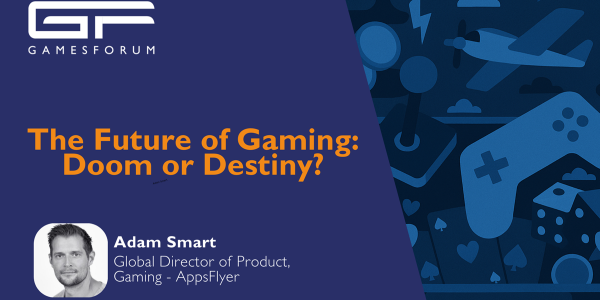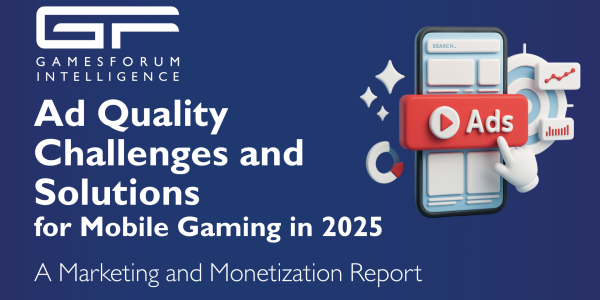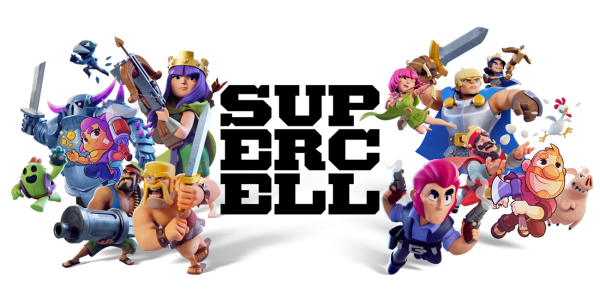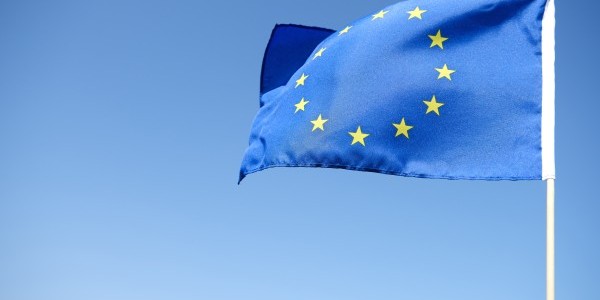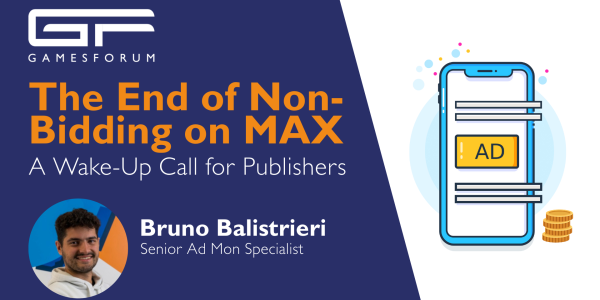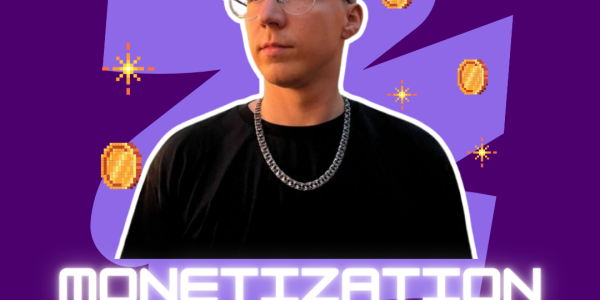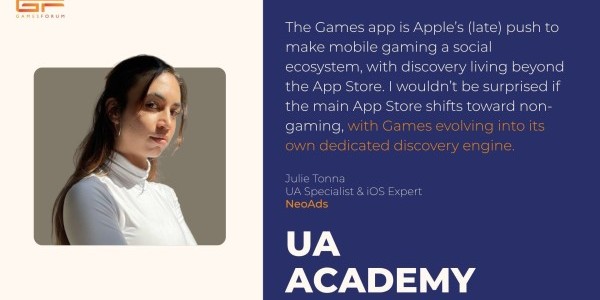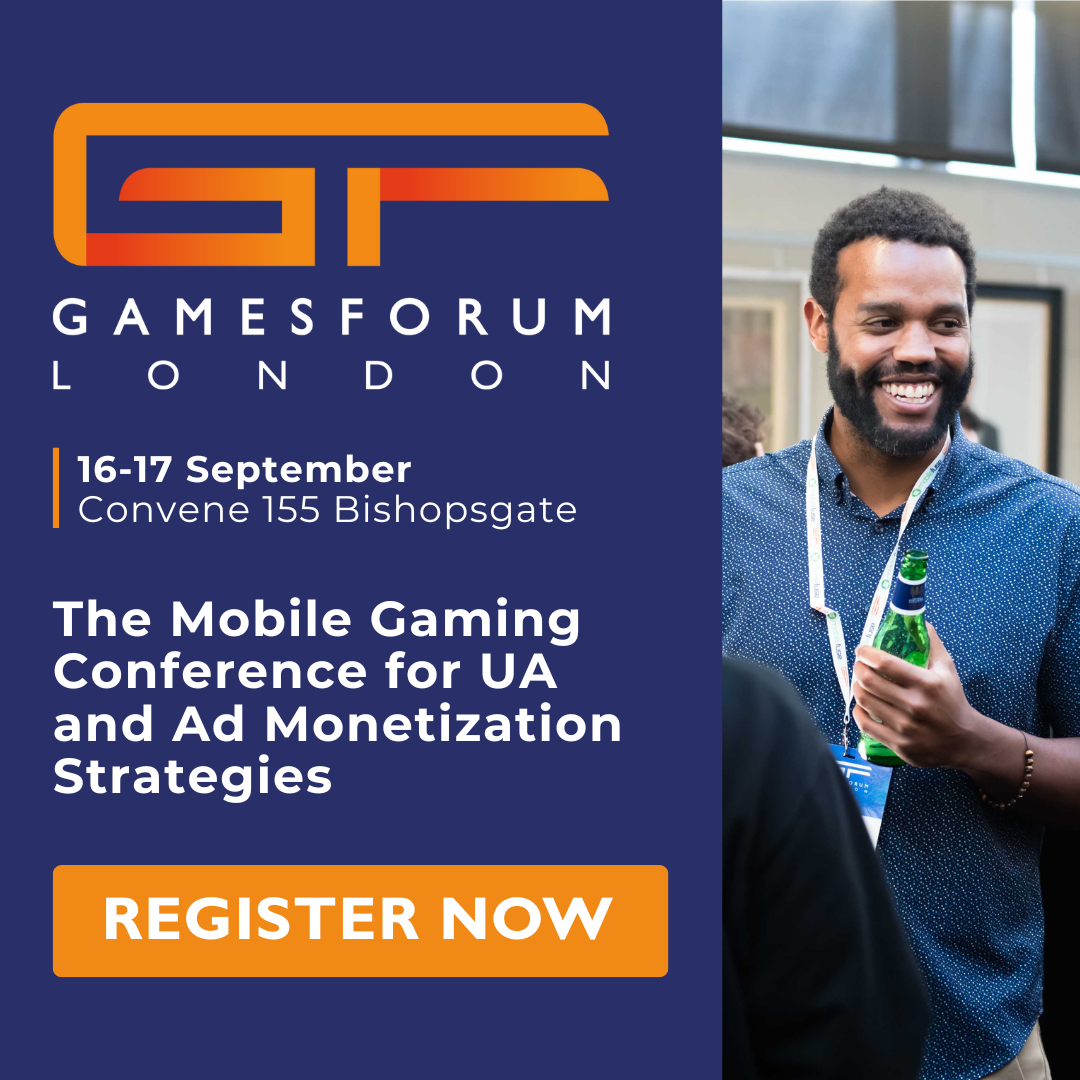‘Creatives Must Match the Gameplay - Clicks Alone Don’t Matter’: UA Lessons From GameDuell’s Journey Across Markets

Stella Zounta, User Acquisition Manager at GameDuell, has built her career navigating two very different gaming markets: from ad-driven models in Athens to the structured, brand-focused environment of Berlin. In this conversation, and ahead of her panel at Gamesforum London, she shares the lessons she’s learned about scaling campaigns, balancing creativity with data, and why authentic creatives are the key to attracting players who stay.
Looking back at your transition from FM GAMES in Athens to GameDuell in Berlin, what perspectives did you gain from working in two very different gaming markets?
Transitioning from FM GAMES in Athens to GameDuell in Berlin gave me valuable insight into the diversity of both player behavior and company culture across markets. While both companies focus on classic card games, the shift from an ad-based monetization model at FM GAMES to in-app purchases at GameDuell required a different mindset in terms of the campaigns set up.
In Berlin, I encountered a more structured and long-term approach to UA, with a strong emphasis on brand quality, community, and cross-functional collaboration. This experience taught me how to tailor UA strategies across different monetization models, geos, and organizational setups, while balancing speed with sustainability.
User acquisition often focuses on scale, but how do you ensure the quality of players matches the culture and long-term goals of the games you promote?
When scaling apps, I make sure to optimize campaigns toward lower funnel events—focusing on retention signals and users most likely to perform meaningful in-app actions. This ensures we’re not just driving volume, but acquiring players who are aligned with our monetization goals and game experience.
I also work closely with product and analytics teams to stay aligned on priorities, share insights, and ensure our targeting strategy supports both gameplay and business objectives.
Finally, I believe that well-crafted creatives that accurately reflect the gameplay and tone of the title are essential for attracting players who will stay and enjoy the game long-term.
What’s a lesson you’ve learned from a campaign that didn’t go as planned, and how has it shaped the way you approach UA today?
One campaign that didn’t go as planned involved creatives that performed very well in terms of CTR and CPI, but the players we attracted didn’t stick. We realized that the ad concept created expectations that didn’t match the actual gameplay. That experience taught me how critical it is for creatives to reflect the real in-game experience—not just to drive clicks, but to attract the right kind of users. Now, I always prioritize creative alignment and partner closely with the design team to make sure we strike the right balance between performance and authenticity.
With so much emphasis on automation and algorithm-driven optimisation, where do you think the human touch still makes the biggest difference in UA?
The human touch is irreplaceable when it comes to creative strategy and interpreting signals that algorithms can’t “see.” While machines are great at optimizing for performance, they lack context and intuition. It’s still up to us to understand why something is working or not—whether it’s due to market trends, audience fatigue, or a mismatch between creative and gameplay.
Over time, experience also teaches you key patterns that machines overlook—like which channels perform better in specific seasons, or how seasonality affects user behavior and monetization. Human insight also drives cross-functional alignment, ensuring UA goals reflect product vision and player experience.
The creative side of acquisition is equally important to me—I make time to analyze competitors, brainstorm ideas, and challenge myself to create standout concepts in a sea of ads. It’s about turning constraints into opportunities and using creativity to make a real impact.
How do you personally stay ahead of constant platform changes and privacy regulations without losing sight of the creative side of acquisition?
Working in the gaming industry means constantly adapting to new channels, platform changes, and evolving privacy regulations — it’s part of the job, and something I’ve grown used to. In fact, I find it exciting to keep learning and evolving as the landscape shifts. I dedicate time weekly to stay informed—through platform newsletters, UA communities, webinars, and direct conversations with platform partners.
I also bring those changes into practical discussions with my team and creative collaborators. The creative side of acquisition is equally important to me—I make time to analyze competitors, brainstorm ideas, and challenge myself to create standout concepts in a sea of ads. It’s about turning constraints into opportunities and using creativity to make a real impact.
Many UA managers talk about KPIs, but beyond numbers, what signals tell you that your players are truly engaged with the game?
As a UA manager, my goal is to bring new users into our games—ideally the ones who will stay, engage, and connect with the experience. Retention and conversion rates are strong initial indicators of quality, helping us assess how relevant and valuable our campaigns are. But beyond the numbers, I look for signs that players are genuinely connecting with the game like player reviews, social media comments, and community activity which are strong signs of engagement.
If you had to predict one underrated trend in user acquisition that more people should be paying attention to now, what would it be?
An underrated trend is the combined power of creative refreshes and channel diversification. Regularly updating creatives not only helps you find new winners but also keeps platform algorithms performing at their best where creative fatigue can set in quickly.
At the same time, channel diversification beyond the traditional ones is becoming essential. Testing platforms like TikTok or even web-to-app flows opens up new opportunities, especially as privacy changes continue to limit traditional targeting. Together, frequent creative iteration and smart diversification can drive sustainable growth and help UA teams stay ahead of the curve.
At Gamesforum London, which specific conversations or insights are you hoping will influence your strategy in the year ahead?
I’m particularly looking forward to conversations around creative iteration, AI’s role in UA workflows, and the evolving role of UA managers in cross-functional game teams. I’m also interested in how others are managing post-ATT data fragmentation and measuring LTV in a more signal-light world. My goal is to walk away with fresh ideas on how to make smarter, faster decisions—while still staying aligned with the long-term health of the games I promote.
Gamesforum London tickets are available here.



